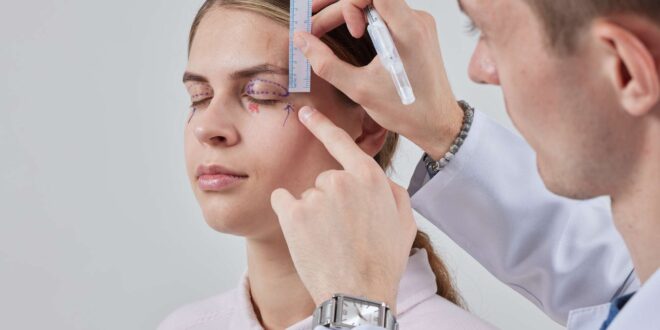Have you ever noticed one eyelid drooping lower than the other, making you look more tired than you feel? It might not just be a cosmetic issue. That drooping could be ptosis, a condition that can affect your appearance, vision, and even your confidence. Let’s take a closer look at what ptosis is, why it happens, and how you can address it.
What Is Ptosis?
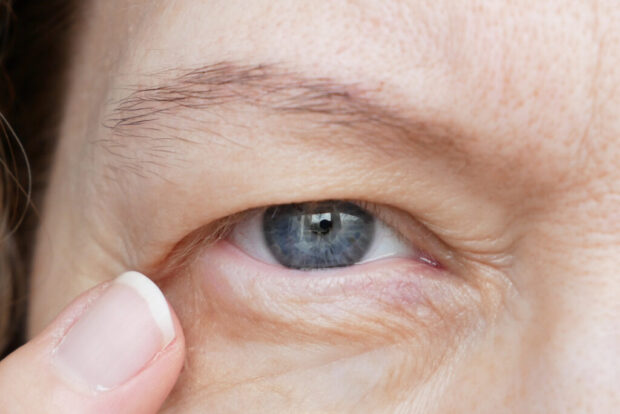
Ptosis is a condition where the upper eyelid droops, either slightly or significantly, over the eye. It can affect one or both eyes, and the severity ranges from a minor cosmetic concern to a problem that obstructs vision.
In some cases, the drooping is so subtle you might not even notice it. For others, it can create daily challenges—like tilting your head back or constantly raising your eyebrows just to see clearly.
The great news? Ptosis is manageable, and there are plenty of ways to address it. But before diving into treatment options, it’s helpful to explore the causes and symptoms.
Causes of Ptosis
There’s no one-size-fits-all explanation for ptosis. It can arise for various reasons, and some of them might surprise you. Here are the most common causes:
1. Age-Related Changes
As we age, the muscles and tendons around our eyes naturally lose elasticity and strength. The levator muscle, which lifts your eyelid, can weaken over time, causing it to droop. This is one of the most common causes of ptosis in adults.
2. Congenital Ptosis
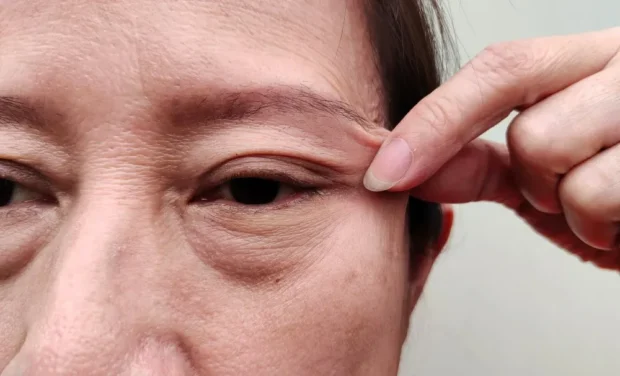
For some people, ptosis is present from birth. This happens when the levator muscle doesn’t develop properly during fetal growth. Babies with congenital ptosis might also experience issues like lazy eye (amblyopia) or other vision problems.
3. Nerve Damage
The nerves that control the eyelid muscles can sometimes be damaged, either through injury or conditions like Horner’s syndrome. When the communication between the brain and the eyelid is disrupted, the lid might sag.
4. Trauma or Surgery
An injury to the eye or surrounding area can weaken the muscles or nerves involved in lifting the eyelid. Similarly, surgeries like cataract removal may accidentally affect the levator muscle, leading to ptosis.
5. Underlying Health Issues
Certain medical conditions can lead to ptosis. Myasthenia gravis, a neuromuscular disorder, is a common culprit. Diabetes, strokes, and tumors near the eye can also contribute to drooping eyelids.
Signs and Symptoms
Spotting ptosis isn’t always straightforward, especially if the drooping is minor. Here are the key signs to watch for:
- Drooping eyelid: The most obvious symptom, ranging from barely noticeable to severe.
- Vision problems: Difficulty seeing, especially if the eyelid obstructs the pupil.
- Head tilting: Many people with ptosis unconsciously tilt their head back to improve their line of sight.
- Eye strain: Squinting or overusing the brow muscles to lift the lid can lead to discomfort.
- Asymmetry: If only one eye is affected, the uneven appearance can be quite noticeable.
When Should You Seek Help?
If ptosis is affecting your vision or causing significant cosmetic concerns, it’s worth consulting a doctor. For children, addressing ptosis early is crucial to prevent vision problems like amblyopia.
Even if it’s mild and doesn’t bother you much, speaking to a specialist can help clarify what’s going on and whether any action is needed.
Treatment Options
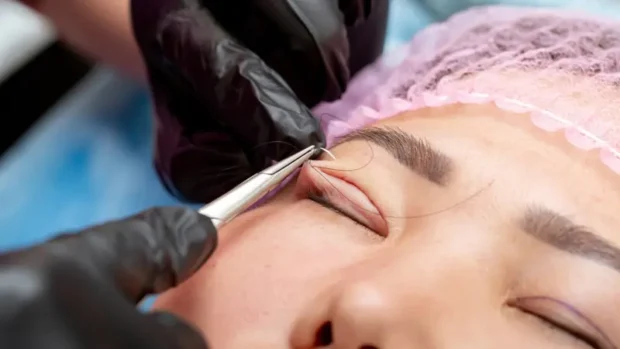
The good news? Ptosis isn’t something you have to live with. There are plenty of effective treatment options, ranging from non-invasive fixes to surgical interventions. Let’s break them down:
1. Non-Surgical Approaches
For mild cases, non-surgical options can provide relief or even improvement:
- Ptosis Crutches: Specially designed eyeglasses that hold the drooping eyelid in place. They’re a great temporary solution, especially for those who can’t undergo surgery.
- Eye Exercises: In some cases, strengthening the surrounding muscles through targeted exercises might offer slight improvement, though results vary.
2. Medications
For ptosis caused by myasthenia gravis, medications like acetylcholinesterase inhibitors can help improve muscle function. However, these treatments address the underlying condition rather than the drooping itself.
3. Surgical Solutions
Surgery is the gold standard for moderate to severe ptosis. A skilled surgeon can restore eyelid function and symmetry with procedures like:
- Levator Muscle Resection: Tightening the levator muscle to lift the eyelid.
- Frontalis Sling Surgery: Creating a sling using tissue or synthetic material to connect the eyelid to the forehead muscle. This method relies on the forehead muscle to lift the lid.
If you’re in Singapore and exploring your options, check out ptosis correction in Singapore. Skilled professionals are ready to guide you toward the best path forward.
Recovery After Treatment
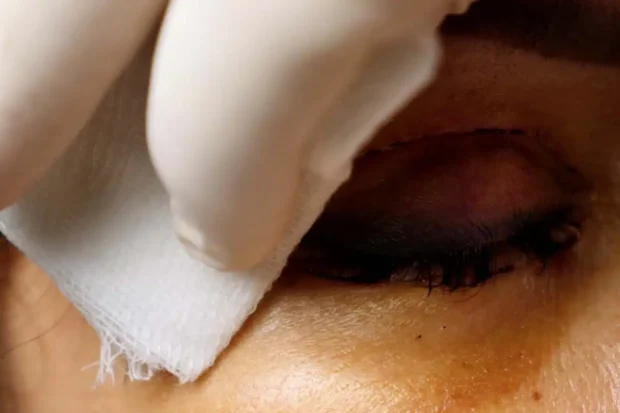
Recovering from ptosis surgery is typically straightforward, but it does require some patience:
- Bruising and swelling: Common in the first week but gradually subsides.
- Vision adjustment: It may take time for your eyes to adapt, especially if both were corrected.
- Follow-ups: Regular check-ins with your doctor ensure proper healing and lasting results.
Most people return to normal activities within a couple of weeks, though strenuous exercise might need to wait a bit longer.
Living with Ptosis
Even before treatment, there are ways to manage ptosis in daily life. Small adjustments like using proper lighting, positioning yourself comfortably at your workspace, or wearing ptosis crutches can make a big difference.
For children, regular eye exams are crucial to monitor any impact on vision development.
Boosting Eye Health
Keeping your eyes healthy can’t guarantee you’ll avoid ptosis, but it can minimize strain and support overall function. Some tips I’ve found helpful include:
- Wearing sunglasses: Protect your eyes from UV damage and reduce squinting.
- Staying hydrated: Dry eyes can exacerbate strain, making any drooping more noticeable.
- Taking screen breaks: Digital eye strain can make tired eyes appear droopier.
- Annual eye exams: Early detection of any issues can make treatment easier.
Real Stories, Real Impact
I’ve spoken with people who’ve undergone ptosis correction, and the changes they describe aren’t just physical—they’re emotional too. Restoring symmetry or improving vision can make a huge difference in confidence, interactions, and quality of life.
For many, what starts as a cosmetic concern becomes a life-changing experience. You deserve to feel good in your skin and capable in your daily activities, and addressing ptosis is one way to achieve that.
Final Thoughts
Ptosis might sound daunting, but it’s a condition that comes with a range of effective solutions. Whether you’re seeking to enhance your vision, appearance, or both, there’s no need to struggle alone.
Your eyes are one of the most expressive parts of you—they deserve care, attention, and, if needed, a little lift.
 Jewel Beat
Jewel Beat
